Results 4,991 to 5,000 of 12091
Thread: Anandtech News
-
05-13-15, 05:34 PM #4991
Anandtech: Blu-ray Disc Association Completes Ultra HD Blu-ray Specification
Yesterday the Blu-ray Disc Association formally completed the Ultra HD Blu-ray specification. The specification has been under development for some time, with the first information about it being released in September of last year. The new specification allows for higher resolutions, a greater range of colors, and larger capacity disks in order to store a new generation of Ultra HD content.
The biggest point of the new Ultra HD Blu-ray specification lies in its name. Ultra HD Blu-ray will support the 3840x2160 Ultra HD resolution that has become standard across so called "4K" or Ultra HD televisions. That being said, an increase in resolution is not the only important part of the Ultra HD Blu-ray spec. The Ultra HD content standard, more accurately known as BT.2020, defines various aspects that go beyond resolution, including color gamut, color bit depth, and frame rate.
In my view, the most important aspect of the BT. 2020 standard is the use of the Rec. 2020 color gamut. The color gamut that has been used for basically all picture and video content for quite some time now is called Rec. 709 or sRGB. sRGB is actually quite a narrow gamut, and has an lower overall number of colors than even the NTSC (1953) gamut that was used for video content before it. The Ultra HD specification uses the much larger Rec. 2020 color gamut, which will allow for colors of greater saturation to be reproduced. You can see this in the image above, with sRGB being the smaller triangle, and Rec. 2020 being the larger triangle that surrounds it.
In order to support the larger Rec. 2020 color gamut without introducing color banding, a higher bit depth is required. This is because a greater number of discrete colors will be required to display gradations that span a greater range of saturations. Ultra HD Blu-ray supports 10bit per channel color depth for content that uses Rec. 2020 for its color encoding. This moves the number of possible colors that can be displayed from approximately 16.7 million to 1.07 billion. I think it would have been better to use 10bit color for sRGB content and 12bit color for Rec. 2020 content, as current 8bit sRGB content can already experience noticeable color banding, but it looks like the additional space and hardware support required have not been deemed worth it.
While the new Ultra HD Blu-ray standard supports the existing 50GB capacity for Blu-ray disks, there will be disks of greater capacity for content that requires higher bitrates. 50GB disks will have video encoded at up to 82Mbps, while 66GB disks can support up to 108Mbps, and 100GB disks support 128Mbps. In order to encode videos with these high resolutions, bitrates, and greater color depth, Ultra HD Blu-ray will make use of HEVC video encoding.
While the appeal of physical media such as Blu-ray is in decline due to the rise of streaming media, it's still the go-to for users who care about having the highest possible visual quality. It will definitely take time for Ultra HD Blu-ray to be adopted in the market, and possibly longer for Ultra HD TVs that actually support the Rec. 2020 color space. It will be interesting to see where the market for movies and TV shows moves in the future, and what position physical media will be in at that time.
More...
-
05-13-15, 06:30 PM #4992
Anandtech: Microsoft Details Windows 10 Editions
In a blog post on the Windows Blog today, Tony Prophet outlined the various editions of Windows 10 that will be available this summer. And while there are a lot of different versions for various markets, on the consumer side it is not too bad. Once you step into the more esoteric Stock Keeping Units (SKUs) it does get a bit crazy though.
The version most consumers will be seeing is Windows 10 Home. This will be the main version sold on all consumer desktops, laptops, and larger tablet form factors. It will include continuum to transform from a desktop operating system to the touch friendly tablet version, and of course include things like Cortana. Although not specified, if it continues the tradition of Windows, Home will not be able to be joined to a domain and will be missing the business features.
Is the date on this image a hint as to launch date? Likely not...The other version that consumers will see is Windows 10 Mobile, which is the version that will be installed on phones and smaller tablets. This is almost Windows RT’s successor, since it will be restricted to just being able to be used with the Universal Windows Apps which must be installed from the store. However this will certainly run on x86 as well as ARM, so it is not a direct successor to Windows RT. The version of Continuum available for this SKU will allow a phone or small tablet to be hooked up to a keyboard, mouse, and display, and used like a desktop PC, and although it will be restricted to Universal Windows Apps, these apps will then be able to provide the desktop experience, so as an example, Mail will expand out to the same version you would see on a PC.
That is really it for the consumer side. Windows Mobile has been resurrected, and therefore Windows Phone is no more. Since this version will be available on more than phones though, it does make sense, and it is not like Windows Phone as a brand has been very successful anyway (don’t yell at me – I use one).
On the business side, there are more choices, but these again mirror what is already available today on the business side. Windows 10 Pro is the next step up from Home, and of course it will be similar to Home but add features like the ability to join an Active Directory domain. New features coming will be the ability to use Windows Update for Business, which is a new feature for Windows which was announced at Microsoft’s Ignite conference last week. This will expand upon what is already available through Windows Server Update Services (WSUS) and add some new features that we have already seen in the Technical Preview for Windows 10. By that I mean it will support distribution rings, so that updates can be rolled out easily in waves, and the most critical infrastructure can be saved for last to ensure there are no quirks. Maintenance windows can also be specified, and just like with Windows 10, updates can be delivered peer to peer, which should save a lot of bandwidth at remote locations.
The next version available is strictly for volume license customers, and that is Windows 10 Enterprise. This will have access to a Long Term Servicing Branch, as well as the aforementioned Windows Update for Business. There will be additional deployment options for this version as well to assist large companies with imaging and other methods of deployment.
The final business SKU is actually Windows 10 Mobile Enterprise, which is certainly a new branch. This will also be available to volume license customers, and will offer additional security and mobile device management options.
There will also be an education version, aptly called Windows 10 Education, which is designed to “meet the needs of schools, staff, administers, teachers, and students” and it will be available through the academic volume licensing program. As to what this version offers that is not available on the others is unclear at this time, but assuming the price is right it may be something to combat Chromebooks popularity in schools. But we will have to wait and see.
Finally, there will be a version of Windows 10 for embedded devices like ATMs and such, as well as the Windows 10 IoT Core which will be available for devices like Raspberry Pi.
There are a pile of SKUs, but this is actually not that unusual for Windows. There are certainly some new versions available, and although it is a bit confusing, it’s not too bad. As far as upgrades, they have stated again that anyone with Windows 10 will be a free upgrade for qualifying Windows 7, 8.1, and Phone 8.1 devices for the first year after Windows 10 does launch. There will be no fees later to keep Windows 10 going on that device. It will be upgraded and then kept current with whatever Windows 10 brings in future updates.
If you have any questions sound off in the comments and I’ll do my best to provide answers.
Source: Windows Blog
Gallery: Microsoft Details Windows 10 Editions

More...
-
05-14-15, 07:05 AM #4993
Anandtech: Newegg Launches Official & Unofficial AMD Radeon R9 Game Bundles
Kudos to the PC Perspective crew for tracking this one down. It looks like Newegg is running a very unusual set of video game bundles with AMD’s higher-end Radeon cards.
Having apparently launched in parts over the last couple of weeks, Newegg is now bundling multiple video games with many of the Radeon R9 cards the e-tailer carries. A “base” offer involves the recently launched DIRT Rally, Codemasters’ latest off-road rally driving game, which is being offered with most of the R9 cards. Meanwhile the also recently launched Grand Theft Auto V is also being offered as a bundled game in a more limited fashion, being included with many of the R9 290 and 290X cards.
What makes this bundle so unusual however is its simultaneous official and unofficial nature. Officially AMD is running a DIRT Rally bundle – though having never released an announcement about it – and according to the terms & conditions this bundle has been going on as recently as April 27th, DIRT Rally’s launch day. Meanwhile Grand Theft Auto just recently begun showing up at Newegg, and unlike the DIRT bundle, AMD is disavowing all knowledge of this, stating that they are not involved in the GTA bundle.
As a result the cards covered by these various bundles are a bit more inconsistent than in official AMD bundles. 7 of the 9 R9 290 cards include DIRT, and only 5 of those 7 include GTA V. For the R9 290X, 15 of the 17 cards include DIRT, and 10 of those 17 cards include GTA V. Consequently while we typically always say to double-check cards for bundles before purchasing, this time we really mean it, as more cards than usual are being excluded.Newegg Radeon R9 Game Bundles Video Card Bundle Radeon R9 295X2 DIRT Rally Radeon R9 290 Series DIRT Rally +
Grand Theft Auto VRadeon R9 285
Radeon R9 280 Series
Radeon R9 270 SeriesDIRT Rally
Overall, although retailer-specific offers are not unprecedented, these days it’s very rare to have retailers run their own video game bundle promotions. Typically such promotions are backed by the manufacturer, if only to take advantage of the buying power of such a large order. So for Newegg to offer their own GTA V bundle is quite a surprise, and if it were not for the fact that Newegg is the only retailer doing this it would be hard to believe, especially given the high-profile nature of GTA V. Meanwhile the availability of the DIRT bundle is similarly odd; along with Newegg it’s available at NCIX, but surprisingly not Amazon or Best Buy. For the moment at least, it looks like it’s just Newegg that gets all the goods.
In any case, given the unofficial nature of these bundles, there isn’t a published end date for either bundle. The AMD DIRT Rally codes are valid until the end of 2015, however we would expect the promotion to end much sooner than that. Consequently very little of this makes any sense, but for prospective Radeon R9 buyers, enjoy it while it lasts.
More...
-
05-14-15, 08:10 AM #4994
Anandtech: The AnandTech Podcast: Episode 32
AnandTech Podcast #32 - Ian and Brett are talking about laptops. It's been an exciting few weeks for laptops, as we discuss some of our more detailed findings related to Core M and the problem surrounding the material construction of low powered devices and how this relates to performance. Brett is also on hand to discuss the wheelings and dealings of Microsoft's BUILD conference which he attended, including discussions regarding Windows 10 updates, Android App support, Objective C support and Hololens. To wrap it all up, we discuss the Surface 3, both in terms of the technical specifications, our review, and how it positions Microsoft in a competitive market against a number of their partners.
The AnandTech Podcast - Episode 32
Featuring
- Dr. Ian Cutress: Host, Senior Editor
- Brett Howse: Laptop Editor
iTunes
RSS - mp3, m4a
Direct Links - mp3, m4a
Total Time: 1 hour 19 minutes 49 seconds
Outline mm:ss
0:00 Intro
1:22 Core-M (http://anandtech.com/show/9117/analy...-m-performance)
19:35 Microsoft BUILD
- 21:51 Azure
- 25:28 Visual Studio Code and Office 365
- 27:10 Windows 10, Updates and Impressions
- 28:41 Edge
- 33:30 Start Menu and Cortana
- 34:55 Android App Support
- 36:27 Objective C
- 39:42 Hololens
- 49:39 Windows Hello and Microsoft Passport
- 52:35 Game Streaming
- 54:38 No more Media Center on Windows 10
- 58:24 Launch Schedule for Windows 10... without dates
1:02:12 Microsoft Surface 3 (http://anandtech.com/show/9219/the-surface-3-review)
1:16:13 Laptops being launched: Lenovo Lavie Z
More...
-
05-14-15, 09:39 AM #4995
Anandtech: The Corsair Gaming Keyboards and Mice Range: An Experiential Test
Following the thorough review of the Corsair Gaming K70 RGB, we are having a complete overview of Corsair's new Gaming division and their latest offerings. The new brand is highly unlikely to rest on just the five products contained here, but for the time being these will provide the footing that the company needs to solidify their presence in this section of the market.
More...
-
05-14-15, 05:32 PM #4996
Anandtech: Verizon Launches LG Lancet Windows Phone
Today Verizon announced a new smartphone coming to their network, and it is the LG Lancet. LG originally did produce Windows Phone 7 devices, but left the market before Windows Phone 8 shipped. They are back, with a budget device for the Verizon network.
The LG Lancet is not very exciting hardware, but it does have a couple of things worth mentioning. The phone ships with the Qualcomm Snapdragon 410 SoC, which is a quad-core 1.2 GHz chip based on the Cortex A53 64 bit CPU. The 410 shows a modest performance gain over the outgoing Snapdragon 400, but as Brandon saw in the Moto E review, it seems to be fairly competitive in the power consumption department.
LG Lancet SoC MSM8916 1.2 GHz Snapdragon 410 RAM/NAND unknown RAM, 8 GB NAND + microSD Display 4.5” 854x480 IPS LCD Network CDMA LTE (Verizon) Dimensions 129.8 x 64.8 x 10.7 (mm) Weight 143 grams Camera 8MP rear camera with Flash, VGA FFC Battery 2100 mAh OS Windows Phone 8.1 Price $19.99 on 2 year, $5/month, or $120 outright Some specifications courtesy of Windows CentralThe rest of the device continues with the budget nature for a North American smartphone experience. It is just a 4.5 inch display (although lots of people will prefer that) but with just an 854x480 resolution. The extra 54 pixels on the vertical will be for the onscreen buttons for this phone, so unlike some other devices with onscreen buttons you won’t have to worry about them blocking the standard display real estate. The RAM is not listed, and the storage is only 8 GB with 4 GB available to the end user. It does support micro SD expansion though so you can add more space if necessary.
The rear camera is an 8 MP version and the front facing camera is only VGA, so imaging is not going to be a highlight of this device unless that rear camera is really something.
The only other thing to note is that this will be the first Windows Phone on Verizon to support HD Voice. HD Voice is a wonderful thing that really improves the call quality, but it suffers from a lack of compatibility and generally only works with two devices on the same carrier. Still, Verizon is the largest carrier in the USA so that’s a big market.
The Lancet is available now on Verizon for $5 per month on Verizon Edge, or you can purchase it outright for $120. For those that prefer to purchase on the two year contract, it is current available for $19.99 on contract.
Source: Verizon
More...
-
05-15-15, 08:03 AM #4997
Anandtech: Corsair Now Retailing 128GB UDIMM DDR4 Kits, Starting at $1755
Not much exciting happens in the land of DRAM I know – usually the most exciting things occur when we get a standards change, or when capacities increase. Luckily for DRAM manufacturers we got the first taste of consumer grade DDR4 back in 2014, and almost a year later in 2015 we are now seeing capacities double per module from 8GB to 16GB. We reported on one company promoting their 16GB modules, specifically an 8x16GB kit for 128GB, and now it is the turn of Corsair who is guaranteeing US availability as this press release went live direct from the Corsair website.
Corsair is launching three kits as follows:
Aside from the price, the timings are naturally quite interesting. JEDEC specifications for DDR4 come in at DDR4-2133 15-15-15, and most of the modules we saw at the release of DDR4 were on those lines, moving up to DDR4-3200 with a slow rise in subtimings. The first two kits from Corsair, the Vengeance LPX and Dominator Platinum, arrive at DDR4-2400 14-16-16, indicating a rise in frequency and a decrease in CAS latency, all while retaining the nominal 1.2 volt specification from JEDEC rather than jumping up to 1.35 volts. Nice.Corsair DDR4 128GB Kits Vengeance LPX 8x16GB = 128GB DDR4-2400 14-16-16-31 1.2 V $1755 Dominatior Platinum 8x16GB = 128GB DDR4-2400 14-16-16-31 1.2 V $1980 Dominatior Platinum 8x16GB = 128GB DDR4-2400 15-17-17-35 1.2 V $2120
The other kit in the stack is at DDR4-2666 15-17-17, also at 1.2 volts, which is somewhat in-line with the 8GB module kits we have seen so far. Using our Performance Index rating, as described in our large run-down of DDR4 module performance earlier this year, puts each of the kits as the following:
Vengeance LPX 128GB DDR4-2400 C14 = 2400/14 = 171
Dominator Platinum 128GB DDR4-2400 C14 = 2400/14 = 171
Dominator Platinum 128GB DDR4-2666 C15 = 2666/15 = 177
This is around the Performance Index of the midrange kits for both DDR4 and DDR3, indicating a level of performance in that area.
The pricing on the other hand commands a distinct premium. The Vengeance LPX kit starts at $1755, with the Dominator Platinum 2400 C14 kit moving to $1980. At the top sits the 2666 C15 kit, by virtue of the higher frequency, at $2120. This means per GB:
Vengeance LPX 128GB DDR4-2400 C14 = $1755/128GB = $13.71 per GB
Dominator Platinum 128GB DDR4-2400 C14 = $1980/128GB = $15.47 per GB
Dominator Platinum 128GB DDR4-2666 C15 = $2120/128GB = $16.56 per GB
Compare that to a standard DDR4-2400 8x8GB kit on Newegg retailing at $720, which comes out at $11.25 per GB, or a DDR4-2400 4x8GB kit retailing at $330, giving $10.31, then you are commanding a 30%+ premium in order to get the best unbuffered DRAM density available on X99. Of course, whether you need all that is dependent on your workload.
All kits are available on the Corsair website now, and come with a lifetime warranty.
Source: Corsair
We have about a dozen DDR4 memory kits in-house that have been sat on my desk for far too long. Keep an eye out for some quick reviews of those in due course.
Gallery: Corsair Now Retailing 128GB UDIMM DDR4 Kits, Starting at $1755





More...
-
05-15-15, 10:30 AM #4998
Anandtech: ASRock Releases Cherry Trail Mini-PC: The Beebox
The mini-PC revolution has passed a lot of regular computer users as something that happened but might not be that interesting, especially if you are used to the lights and flashier elements of the industry. Despite this, sales of mini-PCs and the development of the platform has been a nice money earner for several companies, and as a result we have Intel’s NUC, GIGABYTE’s BRIX models, Zotac’s mini-PCs, ECS’ Liva and many others tackling this market. Technically this market has two main differentiators – whether the box uses an Atom SoC or something a bit more powerful. For the latter ASRock has had the Vision range of mini-PCs which have been interesting to look at (read Ganesh’s review of the VisionX here), but the mini-PC range they had with Bay Trail gets a new name, a new look and a new upgrade with the ‘Beebox’.
The Beebox is a 0.6 liter chassis design featuring the Intel Celeron N3000, a dual core 14nm Airmont (Braswell) SoC from the Cherry Trail line with a base frequency at 1.4 GHz with turbo up to 2.08 GHz. Due to the 4W TDP these are fanless designs supporting both an mSATA and 2.5” SATA drive with gigabit Ethernet, 802.11ac WiFi, a Realtek audio codce, dual HDMI and a single DP video output as well as both USB 3.0 Type-A and USB 3.0 Type-C.
There will be two full system variations – one with Windows 8.1/10, 1x2GB of DDR3L-1600 and a 32GB mSATA SSD, and one with no OS but 2x2GB of DDR3L-1600 and a 128GB mSATA SSD. There will also be a barebones chassis requiring users to supply their own DRAM and storage.
It’s worth noting that the Celeron N3000 integrated graphics uses the same Gen-8 graphics as Broadwell but in a low power configuration, which means for this SKU we get 12 execution units but running at a maximum of 600 MHz. This should be suitable for light gaming. Given the two SO-DIMM DDR3 slots, normally I would assume the SoC would support 8GB and 16GB modules, if you would happen to need them, but according to official specification sheets the SoC is only rated to 8GB maximum. ASRock is telling me it at least supports a 2x8GB configuration however.
ASRock is promoting its Beebox due to the connectivity, supporting three screens from the three video outputs all in one go including 4K from the DisplayPort, and the Type-C port which allows for 15W fast charging modes. The 802.11ac is welcome, although it should be noted that it is only a single stream implementation.
The Beebox will be available in three colors (black, white and gold), and measures approximately 11cm x 12cm x 4.5cm. Pricing is yet to be announced, but it should start appearing on shelves in the US at the end of June.
Source: ASRock
Gallery: ASRock Releases Cherry Trail Mini-PC: The Beebox
More...
-
05-15-15, 04:00 PM #4999
Anandtech: Oculus VR Posts Recommended System Specs For Rift - Outlines Platform Goal
For all of the public Oculus Rift demos so far, the demo systems have been driven by very powerful hardware, and for good reason. With the need to double-render a scene (once for each eye) along with keeping latency to an absolute minimum, Oculus and game developers alike have not been taking any chances on performance, always making sure they have more than enough to work with. Since the very first Rift demos GPU performance has improved at a decent clip, but rendering a scene quickly in 3D is still a demanding task.
As a result we’ve known since the earliest days that the system requirements for the Rift would be rather high. But of course with the device still in development – and not just the headset, but the sensor suite as well – the system requirements were still in flux. Today via an announcement on their site, the Oculus team has revealed their recommended system specifications and how they’re treating these as much more than a minimum.
First, the system specification recommendations:
- NVIDIA GTX 970 / AMD 290 equivalent or greater
- Intel i5-4590 equivalent or greater
- 8GB+ RAM
- HDMI 1.3 video output supporting a 297MHz clock via a direct output architecture
- 2x USB 3.0 ports
- Windows 7 SP1 or newer
Overall the recommended specifications are not too far off from the specs of many of the Rift demo systems, and in fact they may be a bit lower. The GPU recommendations only call for a $250+ video card despite the GPU generally being the bottleneck (and many recent demo systems using multi-GPU configurations for that reason). Meanwhile everything else is about as expected, with users wanting a fast Intel quad-core CPU, plenty of RAM, an HDMI port to connect to the Rift, and USB 3.0 ports for the Rift to feed sensor data back to the host PC. Essentially any modern mid-to-high end gaming PC should meet these requirements.
While explaining the specifications, Oculus also took a moment to note that while laptops are not formally excluded from running the Rift, they likely will run into issues. Along with the weaker GPUs on laptops, most laptops are using NVIDIA Optimus or AMD Enduro technology to slave the discrete GPU to the integrated GPU, which means that the dGPU doesn’t have a direct output, rather it goes through the iGPU and its outputs. This is where the “direct output architecture” part of the specifications come in; Optimus/Enduro are not supported, and for laptops to work the dGPU will need to be able to directly drive an HDMI port, which is something that very few gaming laptops do.
Finally, along with releasing the specifications, Oculus is also outlining how they want developers to treat the specifications, and how they want to see the Rift developed against as a single, stable, long-term platform. As Oculus wants to increase Rift adoption over time and deliver a consistent experience, they are asking that developers treat these recommended specifications as a quasi-singular platform, optimizing their games around these specifications over the long-haul. This way as Rift prices come down and lower-end PC performance goes up, consumers assembling these cheaper Rift systems will be able to pick up a Rift and play new games just as well as launch hardware plays launch games and new games alike. In essence Oculus wants to setup a loose approximation of the console ecosystem, having developers optimize against an unchanging baseline so that PC spec creep doesn’t slowly ratchet up performance requirements as what happens today with PC games.
The reality of course is that these are just developer suggestions, but it’s an interesting idea that makes a lot of sense given the fact that Oculus will need time for developer and consumers to adopt the Rift en masse. Suggesting that developers optimize around a fixed point ensures that costs come down over time, and launch buyers aren’t quickly left behind. That said, optimizing a game around a specific point and making that point a game’s maximum settings are two different things; given how well VR scales with multi-GPU setups, I wouldn’t be the least bit surprised to see some developers treat these recommendations as minimums, and offer better graphical effects for more powerful systems.
More...
-
05-18-15, 07:34 AM #5000
Anandtech: NVIDIA Releases 352.86 Game Ready WHQL Drivers For The Witcher 3
With the highly anticipated The Witcher 3 being released today, NVIDIA has pushed out their requisite launch day Game Ready driver for the game with the release of driver version 352.86.
As is typical for a Game Ready driver, the focus on this driver is enabling SLI and GeForce Experience support for The Witcher 3, which along with its high profile nature is also one of the games in NVIDIA’s latest game bundle. Along with The Witcher, this driver also includes profile updates and bug fixes for a handful of other games, including Civilization: Beyond Earth and Magicka 2.
Perhaps more interesting is the fact that this marks the first Windows 7/8 (WDDM 1.x) release of a R352 branch driver. NVIDIA’s previous release for Grand Theft Auto V was from the R349 branch, and in fact this new branch comes barely a month after the introduction of the R349 branch. Unfortunately at this time beyond the handful of bug fixes and new profiles we don’t know whether R352 includes any major updates, as NVIDIA's release notes don't mention much else for this release. New branches typically contain more significant feature and performance enhancements, so there may be a surprise or two in here. At any rate what we do know is that NVIDIA has yet to merge their Win7/8 and Win10 drivers at this time, so this release only contains support for Microsoft’s current OSes, while the in-development Windows 10 continues to receive its own driver updates.
As usual, you can grab the drivers for all current desktop and mobile NVIDIA GPUs over at NVIDIA’s driver download page.
More...
Thread Information
Users Browsing this Thread
There are currently 25 users browsing this thread. (0 members and 25 guests)




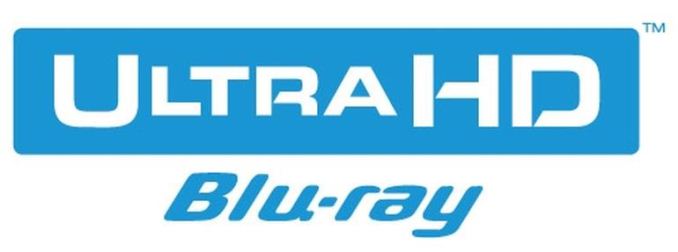
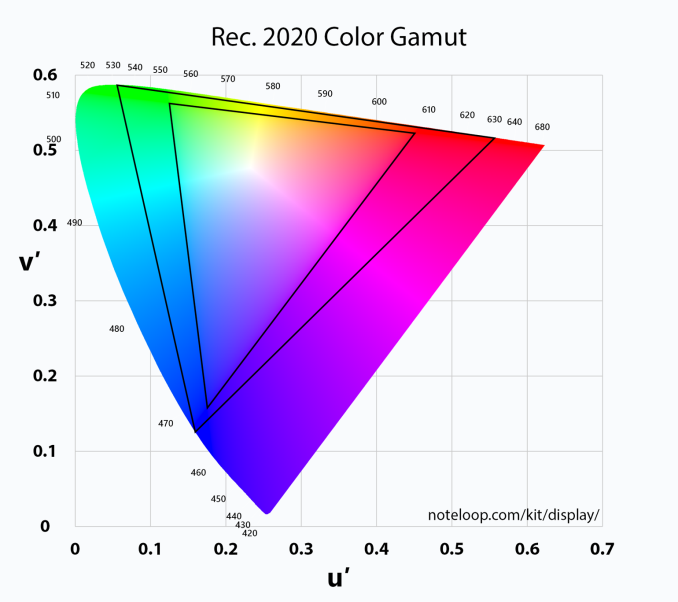

 Quote
Quote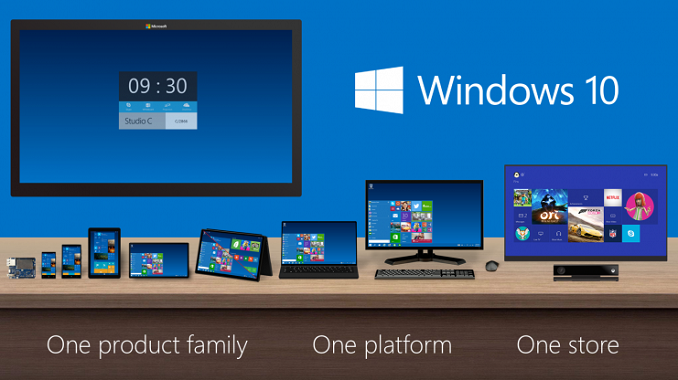
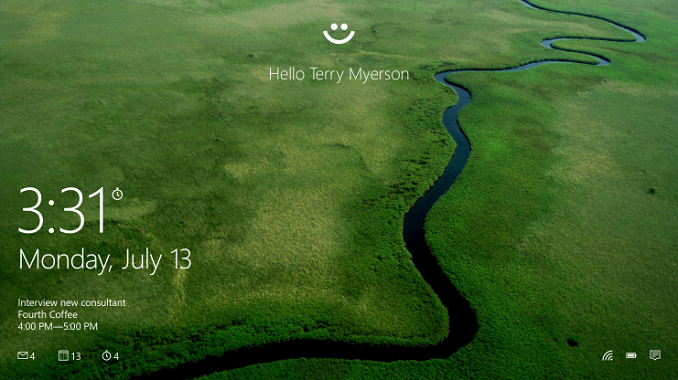
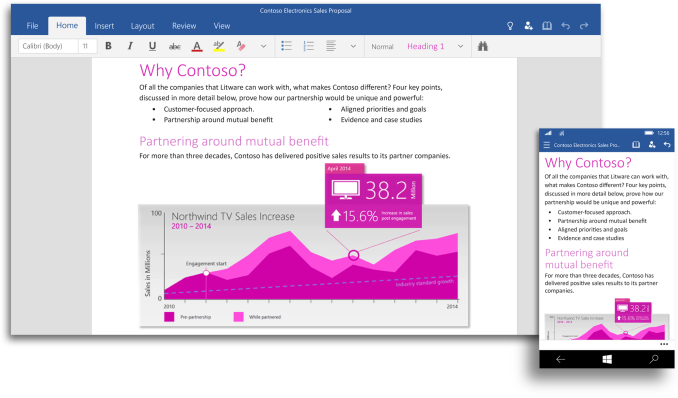
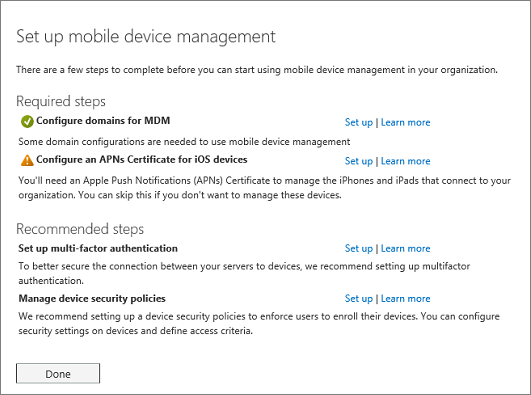


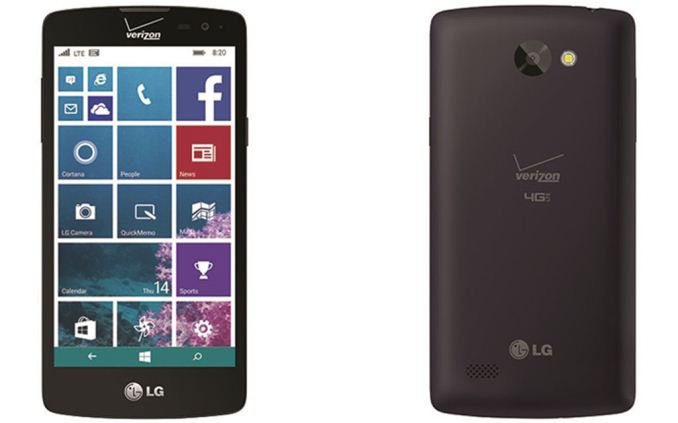
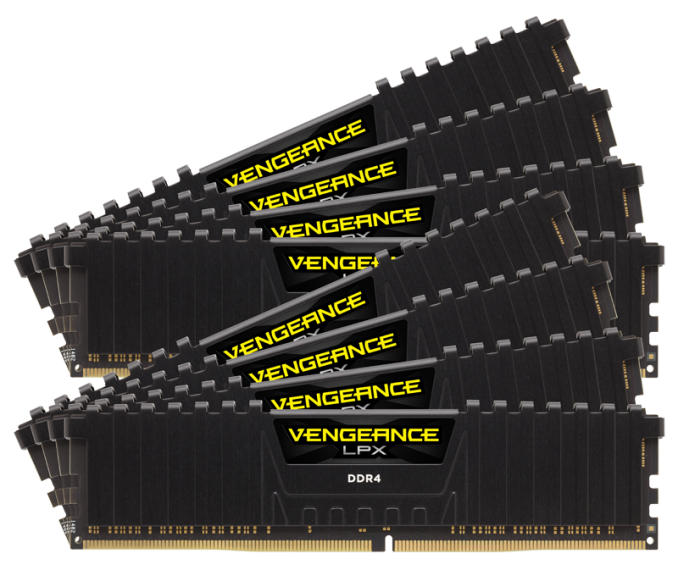
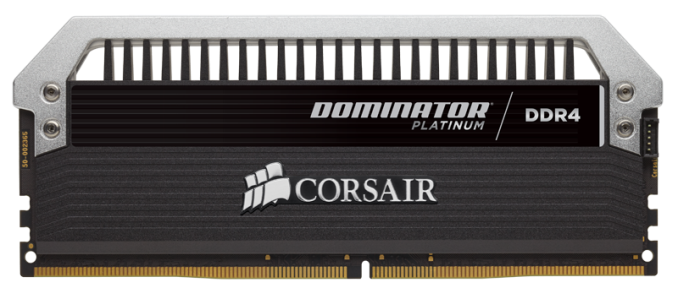
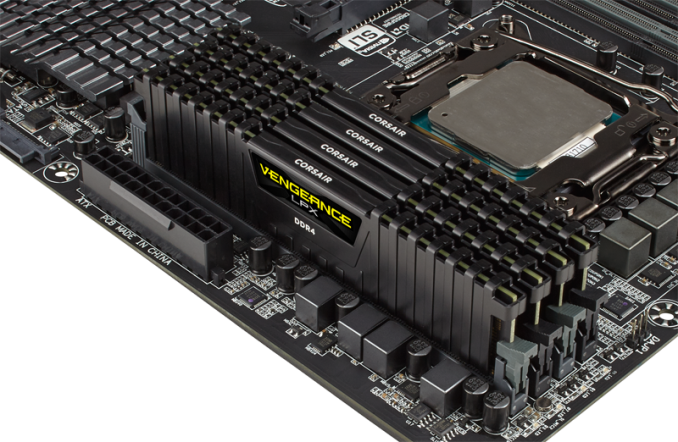

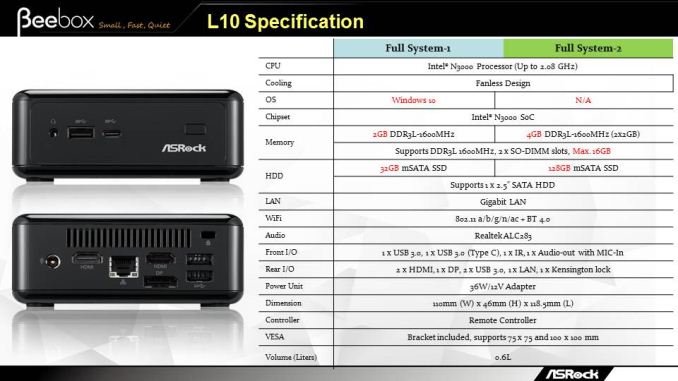

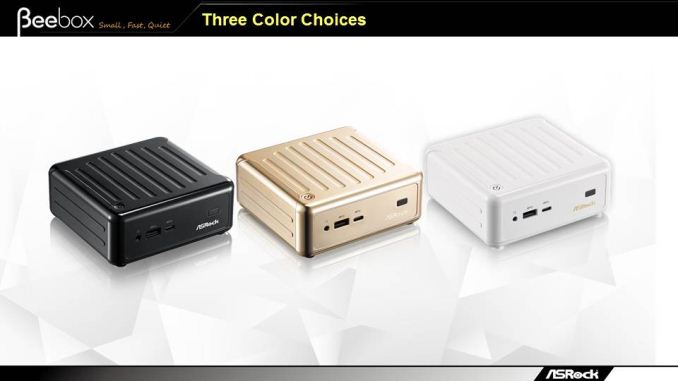






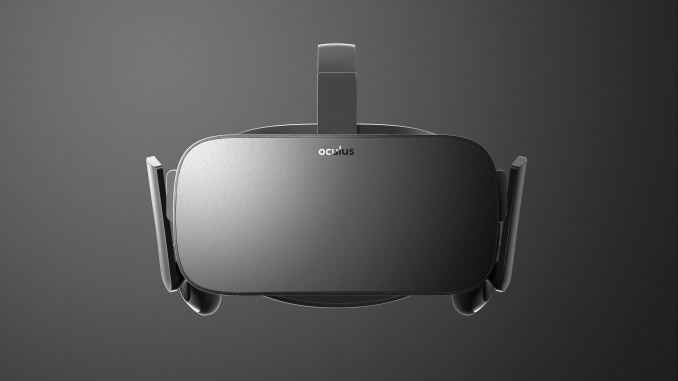
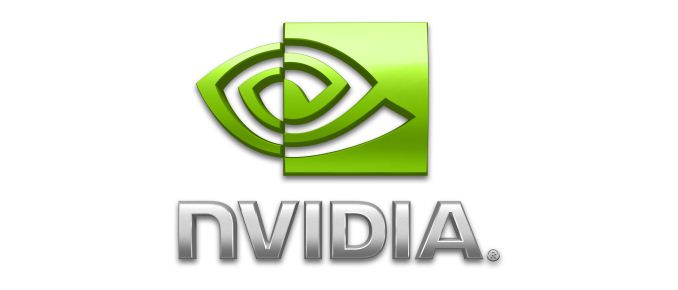
















Bookmarks